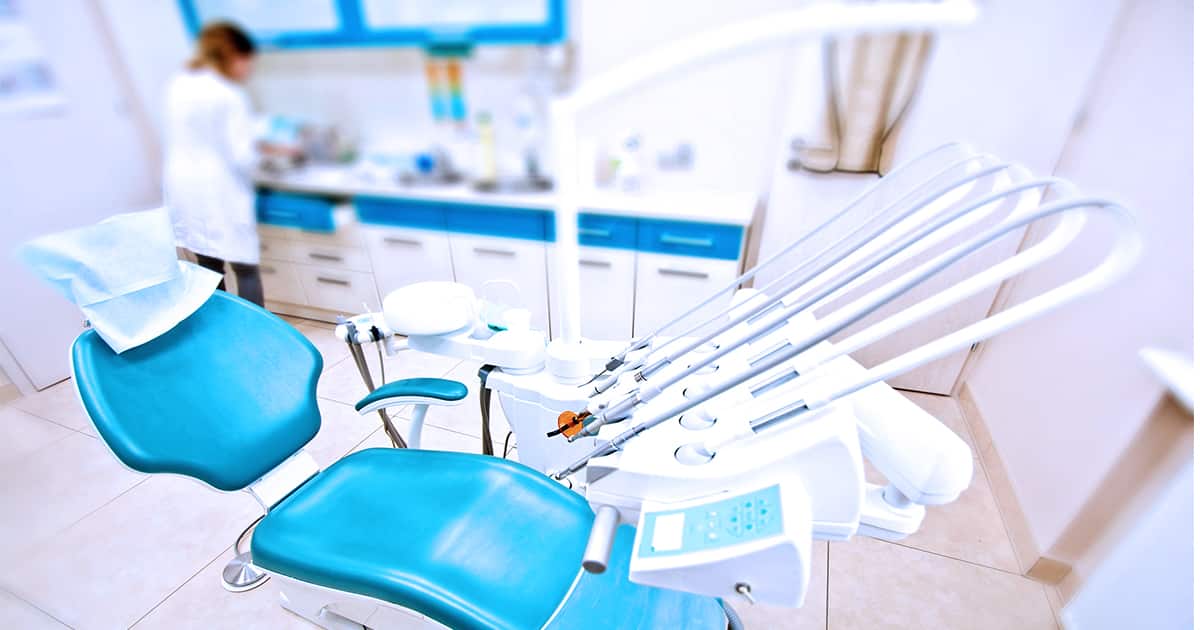COVID-19 has all of us questioning how we move forward. Unfortunately, many will retreat into their safe zones when it comes to making a career choice or financial decision. From a strictly financial standing during times of economic prosperity or downturn, it is always better to own a practice than to be an associate in a practice. There are some small exceptions to this rule, and we will discuss those once we show why it’s “almost” always better to own a practice compared to being an associate.
First, it’s important to remember that we will get through this virus crisis. The expectation is that eventually everybody will get back to work. There will be government funding to bring manufacturing back to this country, so that we do not experience supply chain issues as we did during this crisis. We had the best economy with the lowest unemployment OF ALL TIME prior to this virus. With that in mind, there is no reason to believe that the economic pain will be long or protracted as with past economic crises. Even in those downturns, dentistry normally retracts less than most other sectors as EVERYBODY has teeth! This should not be a normal economic downturn as we had strong underlying fundamentals and we will bring back some manufacturing. Therefore, the seemingly “safe” course to not become an owner just assures less income at any stage of the economy. Associates will take home less than owners for the same amount of production, whether the economy is strong or week.
Large practices that employ associate dentists, do so for the profit potential. There is nothing wrong with this, but I don’t think that dentists who own dental practices understand just how much profit they make, compared to being paid a percentage of production. The following example is a true story of a friend of mine who sold to a large group and then worked for the practice for the standard two years to collect the total purchase price. It is a great example of why every associate should want to be an owner, because as you will see, this owner willfully turned himself into an associate without understanding the profit he left on the table.
 My friend’s practice collected about $1,000,000. The doctor’s true profit after adding back all the benefits he ran through the office was 37.5%, or $375,000. (I am from California, and that number would be good. In the Southeastern part of this country, that number might be as high as 50%, which means a buyer there could look for a practice doing around $750K and achieve the same profit!) The doctor’s hygiene department contributed the normal 25% of the collections to the practice. The large group that bought him out stipulated that the doctor had to stay on for two years and keep the numbers the same for those two years. They paid 24% of collections and agreed to go as high as 28% if the doctor hit his goals.
My friend’s practice collected about $1,000,000. The doctor’s true profit after adding back all the benefits he ran through the office was 37.5%, or $375,000. (I am from California, and that number would be good. In the Southeastern part of this country, that number might be as high as 50%, which means a buyer there could look for a practice doing around $750K and achieve the same profit!) The doctor’s hygiene department contributed the normal 25% of the collections to the practice. The large group that bought him out stipulated that the doctor had to stay on for two years and keep the numbers the same for those two years. They paid 24% of collections and agreed to go as high as 28% if the doctor hit his goals.
So, for two years my friend worked for 28% of collections – of his own production of the normal $750,000 he had always produced. Therefore, he earned a salary of $210,000 for the same work he did when he took home $375,000. It gets even worse as his salary of $210,000 was completely taxed. His previous profit of $375,000 had many legal tax advantages. His tax bill would actually be higher as a $210,000 employee, compared to being an owner with a $375,000 profit! He did not realize that he was actually being paid 50% of his own production as an owner ($375K/$750K). Conclusion: You can take home about twice as much money for the same amount of production as an owner, compared to being an associate.
I hear this every week from young dentists. The reality is that I do not believe dental students understood the magnitude of their debts before attending graduate school. Complete a debt service analysis, and it is frightening what it takes to pay off undergraduate and graduate school debt in a timely manner. While I can certainly understand the fear of adding to that debt with a practice purchase, the reality is, the best way to retire all this debt is to get paid almost twice as much for the same amount of work as you would be paid for being an associate.
In the above example, the debt service to buy that practice at the average national percentage of collections to purchase a practice of about 70%, would be about $26,000 on a 10-year note. So, that means choosing between making $210,000 fully taxed, or a profit of about $349,000 after debt service, that is not fully taxed. That extra $140,000 a year (approximate) would go a long way in paying off school loans.
 I also hear this comment every week. But, if you do the math, a less expensive practice does not work unless you can guarantee an extremely high growth trajectory. If you were to buy a practice doing only $500,000 a year, you could not expect the same percentage of profit, due to the fixed expenses of rent, utilities, some staff, insurance, dues, and other expenses. So, the percentage of profit in this smaller $500K practice might only be 30%, or $150K. While the debt service is only $13K, your profit after debt service of about $137K is about the same as you could make as an associate somewhere else. Technically, you would still be taking home more as a percentage of the dentistry performed, but it would be more difficult to pay off your debt with that income. Plus, the extra cost of the debt service to own the practice that profits an extra $210,000 is only an additional $13K per year. So, if you can handle the workload, an extra $13K a year in debt services results in $210,000 net profit. How many years and marketing dollars would it take to bring the $500K practice to $1,000,000? It is a real obvious choice.
I also hear this comment every week. But, if you do the math, a less expensive practice does not work unless you can guarantee an extremely high growth trajectory. If you were to buy a practice doing only $500,000 a year, you could not expect the same percentage of profit, due to the fixed expenses of rent, utilities, some staff, insurance, dues, and other expenses. So, the percentage of profit in this smaller $500K practice might only be 30%, or $150K. While the debt service is only $13K, your profit after debt service of about $137K is about the same as you could make as an associate somewhere else. Technically, you would still be taking home more as a percentage of the dentistry performed, but it would be more difficult to pay off your debt with that income. Plus, the extra cost of the debt service to own the practice that profits an extra $210,000 is only an additional $13K per year. So, if you can handle the workload, an extra $13K a year in debt services results in $210,000 net profit. How many years and marketing dollars would it take to bring the $500K practice to $1,000,000? It is a real obvious choice.
As a buyer, you need to do your own due diligence for any practice to determine if YOU can duplicate the production the selling doctor makes to get to the numbers presented. As mentioned, the $1,000,000 practice consists of $750K of dentistry from the doctor’s two hands. Assuming you are willing to work 49 weeks a year, you would need to produce an average of $3,000 a day in dentistry. Obviously, a crown fee of $800 compared to $1,200 makes a big difference, so you need to compare what you can produce on THE FEE SCHEDULE OF THE PRACTICE YOU ARE PURCHASING. You need to verify that the treatment plans presented to the patients are consistent with what you would personally diagnose. Many times, a retiring dentist refers out a great deal of dentistry that you might be able to do. This factor is normally a much greater benefit to you than any other perceived issue with the practice, or a possible reduction in fees, due to a possible Delta insurance issue.
Some of you may never be “big producers.” That is a relative term and there is nothing to be ashamed of if you fit into that category. If you do, you might be best suited for an associate position that pays a healthy per diem salary or a government type of position. I personally worked for corporate dentistry, just out of school. It was a great training ground to learn how to triage a busy schedule and hone my skills and hand speed. If you can produce $3,000 a day, you are ready for the practice mentioned above. (Again, that level of production will be different, depending on the fee schedule.) My first practice loan had an interest rate of 12%. While your school loans are greater than mine, record low interest rates now of 3.5% to 4.0% enable you to take on this additional practice debt. For these reasons, my advice is to purchase the largest practice you are capable of handling to pay off your school loans as quickly as possible once you hone your skills. Eventually merging two smaller practices into one is also an option I will discuss in a future article.